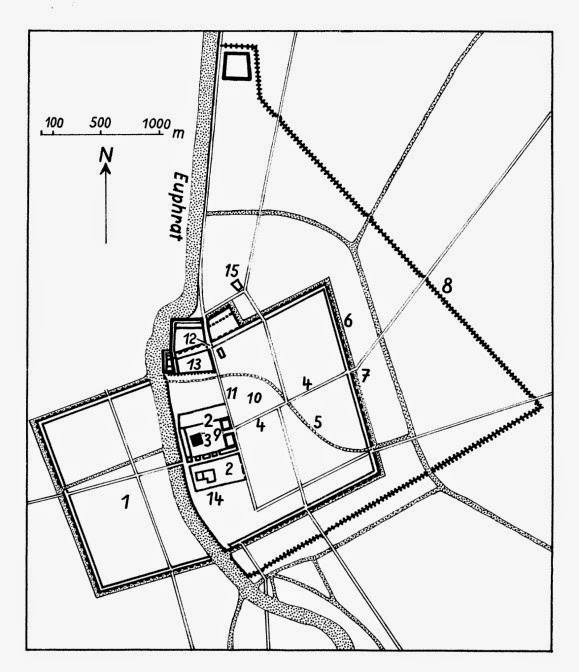Map of Babylon
The map shows Babylon towards the end of the 7th and the beginning of the 6th millennium BCE.
1: New Town
2: Temple area Esagila
3: Ziggurat/Temple Tower Etemenanki (“House between Heaven and Earth”)
4: Marduk Way
5: Libilchegalla Channel
6: outer wall of the Walls of Babylon
7: Marduk Gate
8: City wall of Nebuchadnezzar
9: Holy Gate
10: Ishtar Temple
11: Processional Way
12: Ishtar Gate
13: Hanging Gardens
14: Marduk Temple
15: House of the New Year Festival
Gen 11:9; 2 Kings 17:24; 2 Kings 24:1, 2 Kings 24:7, 2 Kings 24:10; Ezra 4:9; Ezra 5:13, Ezra 5:17; Ezra 6:1, Ezra 6:5; Ps 137:1; Isa 13:19; Isa 14:4; Isa 21:9; Jer 29:15; Jer. 46:2; Jer. 50:1; Dan 2:48; Micah 4:10; Zech 6:10; Baruch 1:1, Baruch 1:4

Comments